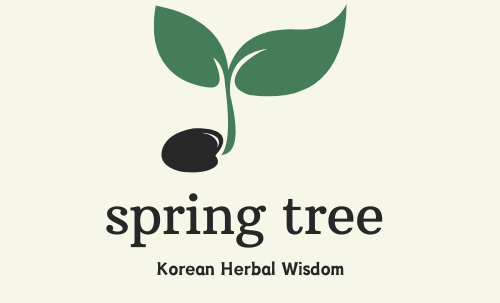Explore the many uses of the castor plant! Learn about its health benefits, safe culinary tips, and how to harvest and store this versatile plant.
A Natural Gift: Exploring the Castor Plant
Hi there! Today, let’s dive into the fascinating world of castor plants, also known as Ricinus communis. While they may not be the first plant you think of when it comes to edible greens, their leaves offer unique benefits when prepared correctly. Whether you’re curious about its health properties or want to try incorporating it into your meals, this post has got you covered. 🌿
1. What Is the Castor Plant?
The castor plant, often found near homes or in open fields, is a towering annual herb that can grow up to 2 meters tall. Its large, shield-shaped leaves and unique seeds make it easily recognizable. While the seeds produce castor oil, which has been used medicinally and industrially, the young leaves are a hidden treasure for culinary and health applications.
Key Features:
Leaf Size: The leaves can grow up to 100 cm in diameter, with 5–11 lobes resembling a star.
Harvest Season: Ideal from May to September for young leaves.
Location: Commonly found around homes, open fields, and roadsides across the country.
2. Health Benefits of the Castor Plant
The castor plant isn’t just visually striking—it comes with a host of health benefits. However, proper preparation is essential to avoid its natural toxins.
Castor Oil:
Constipation Relief: Known for its potent laxative effects, castor oil provides quick relief. However, due to its strong toxicity, it must be used under medical supervision.
Leaves:
Reduces Swelling and Pain: Castor leaves are traditionally used to alleviate swelling and discomfort in conditions like edema or lymphatic issues.
Respiratory Relief: Helps with phlegm and coughing, making it a popular natural remedy during colds.
Skin and Wound Care: When crushed, castor leaves can be applied to wounds or boils for relief.
3. How to Cook with Castor Leaves
Cooking with castor leaves might sound intimidating, but it’s actually simple and rewarding when done right. Remember, the leaves should never be consumed raw.
Castor Leaf Stir-Fry
Ingredients:
Fresh young castor leaves
Garlic, soy sauce, sesame oil, and a pinch of salt
Instructions:
Blanch the leaves in boiling water to remove bitterness, then rinse with cold water.
Squeeze out excess water, chop the leaves, and stir-fry with your favorite seasoning.
Serve as a side dish or over rice for a nutritious meal.
Pro Tip: For long-term storage, blanch the leaves, dry them thoroughly, and freeze them.
4. Harvesting and Storing Castor Leaves
Harvesting Tips
Pick young, tender leaves during May through September for the best flavor and texture.
Always harvest from areas free from pollutants for safety.
Storing Tips
Short-Term Storage: Keep fresh leaves in the fridge, wrapped in a damp paper towel, for up to 2–3 days.
Long-Term Storage: Blanch the leaves, squeeze out the water, and freeze them in airtight bags.
5. A Word of Caution
While castor plants offer incredible benefits, they also carry risks due to the toxins present in their seeds and oil. Always prepare the leaves carefully, and never use the seeds without proper knowledge or guidance from a professional.
Wrapping Up
The castor plant is truly a versatile and fascinating plant, offering everything from culinary delights to natural remedies. With proper handling and preparation, its young leaves can be a wonderful addition to your diet, packed with nutrients and rich in flavor. Have you ever tried cooking with castor leaves? If not, now’s the perfect time to explore this hidden gem of nature! 🌱
